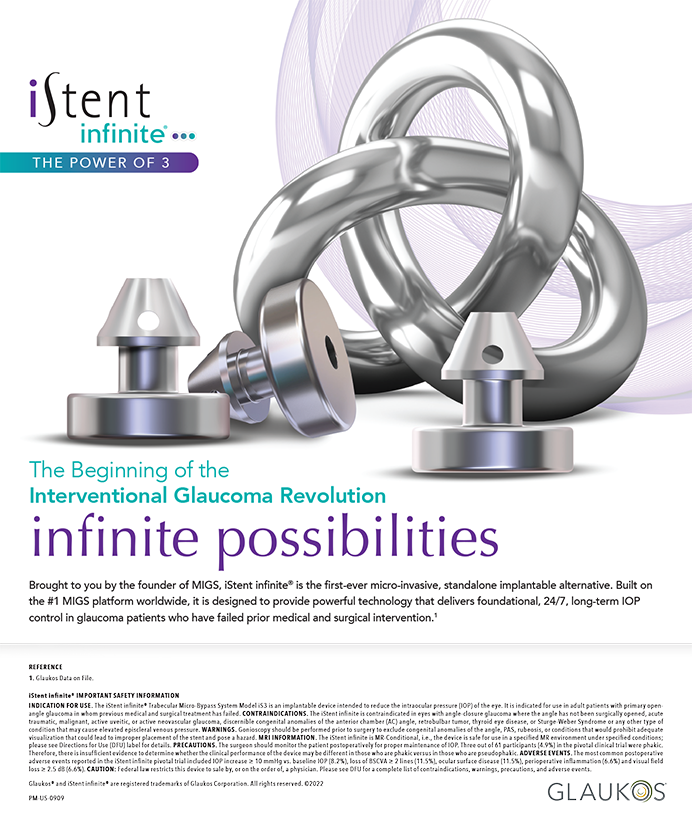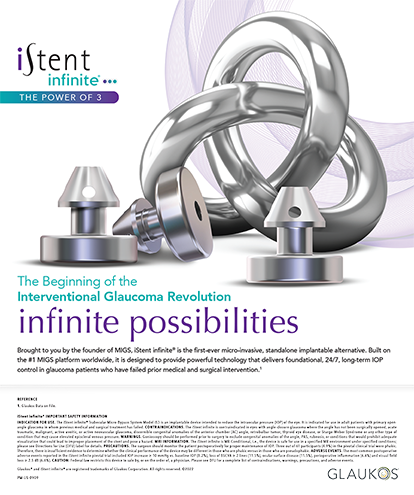Considering the state of the elective refractive surgery market since the year 2000, all refractive surgeons should be welcoming the close of 2004. Unlike the years 1996 to 2000, when the industry's laser vision correction volumes doubled each successive year, refractive providers have seen essentially flat-to-decreasing procedural volumes since the bull market's bust in March 2000, despite rock-bottom pricing. If there were ever a testament to price's not being the number-one concern of prospective patients, this phenomenon was it. Obviously, issues such as fear of surgery (rational or irrational), ignorance of elective refractive surgery's true capabilities, long-term ocular health concerns, and financial well-being carry more weight with consumers. This is not to say that cost is irrelevant, because refractive surgical volumes seem to follow the rises and declines of the major stock indices.
As a measure of our nation's economic strength, I am eager to see what the final tally for 2004's laser vision correction procedures will be. All available reports seem to indicate that this past year marked a turning point for refractive surgery toward double-digit growth from the previous year. Certainly, we would all appreciate a positive forecast for industry growth in 2005. With the availability of new procedures such as customized laser vision correction, phakic IOLs, and IOL-based presbyopic solutions, I am cautiously holding that this industry will have a bright 12- to 18-month future at minimum.
To do our part to promote the refractive surgery market, this new year's issue of Cataract & Refractive Surgery Today focuses on several areas of anterior segment surgery that have experienced refinement and perfection during the last 8 to 10 years. Our esteemed contributors appreciate the importance of these procedures and techniques in helping to solve some of the more complex ocular conditions that face ophthalmologists.
Several of these innovations now have strong refractive indications. For example, some new devices are designed to minimize the induction of significant ametropia postoperatively. Our focus on the cornea also includes several new corneal techniques, alternatives to traditional full-thickness corneal transplantation, the development of a synthetic cornea, refractive inlays that may usher in a new era of refractive corneal surgery, and clinical pearls for using amniotic membrane grafts for anterior segment treatments. In addition, we have asked several surgeons to provide their answers to what seems like a simple question: “What is the ideal corneal shape?“
Armed with our contributors' insight as well as the lessons learned from past marketplace experience, I feel we are ready to effect positive change in 2005. Happy New Year!


